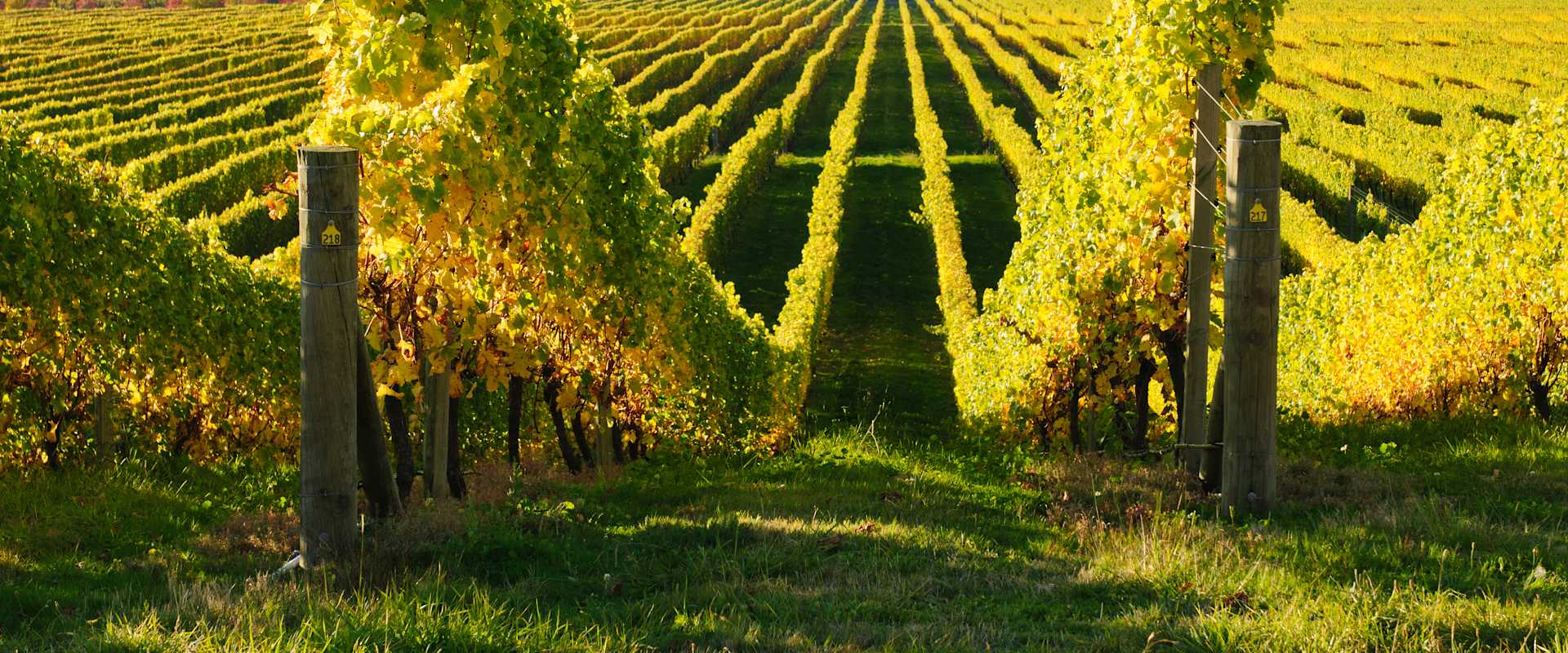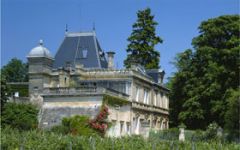Chateau Ausone 2019
-
James
Suckling -
Robert
Parker -
Jeb
Dunnuck



Product Details
Your Rating
Somm Note
Winemaker Notes
Blend: 65% Cabernet Franc, 35% Merlot
The Barrel Sample for this wine is above 14% ABV.
Professional Ratings
-
James Suckling
Like a bouquet of fresh flowers on the nose, as well as blackberries, raspberries and blackcurrants. Sandalwood as well. Full-bodied with incredibly polished tannins that have the texture of the finest velvet. The palate is very fine, oriented with fabulously pure fruit and minerally and stone undertones at the finish. It’s so classical in nature. Essence of Ausone. 60% cabernet franc and 40% merlot.
-
Robert Parker's Wine Advocate
Unwinding in the glass with deep aromas of wild berries, vine smoke, orange rind, exotic spices and violets, framed by a deft application of classy new oak, the 2019 Ausone is full-bodied, rich and concentrated, with beautiful purity of fruit, lively acids and ripe but abundant structuring tannins. Deep, layered and vibrant, it's full of potential and will likely emerge as one of the most long-lived 2019s. This is another magical wine from what many consider to be Saint-Émilion's greatest terroir, and it will demand and richly reward patience. Rating: 98+
-
Jeb Dunnuck
A brilliant wine in every way, Alain Vauthier's 2019 Chateau Ausone reveals a dense purple color as well as an incredible bouquet of ripe black cherries, blueberries, acacia flowers, lead pencil, and classy oak. It shows the elegant style of the vintage yet brings a wealth of fruit, lavish richness, and a great, great finish, all while holding onto beautiful precision and purity. It has some accessibility today (surprising for a young Ausone) but deserves at least 7-8 years of bottle age and will evolve for well over three decades. Best After 2030
Other Vintages
2022-
James
Suckling -
Jeb
Dunnuck -
Robert
Parker - Decanter
-
James
Suckling - Decanter
-
Robert
Parker
-
James
Suckling - Vinous
- Decanter
-
Wine
Enthusiast -
Jeb
Dunnuck -
Robert
Parker
-
Robert
Parker - Decanter
-
Jeb
Dunnuck -
James
Suckling -
Wine
Enthusiast
-
Robert
Parker - Decanter
-
James
Suckling -
Wine
Enthusiast -
Jeb
Dunnuck
-
Robert
Parker -
Wine
Enthusiast - Decanter
-
James
Suckling -
Jeb
Dunnuck
-
Jeb
Dunnuck -
Wine
Enthusiast -
Robert
Parker -
James
Suckling
-
James
Suckling -
Robert
Parker -
Wine
Enthusiast
-
Wine
Enthusiast -
James
Suckling -
Robert
Parker
-
James
Suckling -
Wine
Enthusiast -
Wine
Spectator -
Robert
Parker
-
James
Suckling -
Wine
Spectator -
Wine
Enthusiast -
Robert
Parker
-
Robert
Parker -
Wine
Enthusiast -
Wine
Spectator
-
Wine
Spectator -
Robert
Parker -
Wine
Enthusiast
-
Robert
Parker
-
Robert
Parker -
Wine
Spectator
-
Robert
Parker -
Wine
Spectator
-
Robert
Parker -
Wine
Enthusiast -
Wine
Spectator -
Wine &
Spirits
-
Robert
Parker -
Wine
Spectator
-
Robert
Parker
-
Wine
Spectator
-
Wine
Spectator


The site is exceptional: divided between the limestone plateau and Saint-Emilion’s calcareous clay slope, facing east-south-east and sheltered on its north and west sides, Ausone was one of very few Saint-Emilions to come unscathed through the terrible frosts of February 1956. The 7 hectares of vineyard, lying in a single plot around the chateau, are planted with 55% of Cabernet Franc and 45% of Merlot. The vines are very old, with an average age of 50 years. Their low yield (33 hectolitres per hectare) in part explains the wine’s concentration and its potential for improving over time.

One of the world’s most classic and popular styles of red wine, Bordeaux-inspired blends have spread from their homeland in France to nearly every corner of the New World. Typically based on either Cabernet Sauvignon or Merlot and supported by Cabernet Franc, Malbec and Petit Verdot, the best of these are densely hued, fragrant, full of fruit and boast a structure that begs for cellar time. Somm Secret—Blends from Bordeaux are generally earthier compared to those from the New World, which tend to be fruit-dominant.

Marked by its historic fortified village—perhaps the prettiest in all of Bordeaux, the St-Émilion appellation, along with its neighboring village of Pomerol, are leaders in quality on the Right Bank of Bordeaux. These Merlot-dominant red wines (complemented by various amounts of Cabernet Franc and/or Cabernet Sauvignon) remain some of the most admired and collected wines of the world.
St-Émilion has the longest history in wine production in Bordeaux—longer than the Left Bank—dating back to an 8th century monk named Saint Émilion who became a hermit in one of the many limestone caves scattered throughout the area.
Today St-Émilion is made up of hundreds of independent farmers dedicated to the same thing: growing Merlot and Cabernet Franc (and tiny amounts of Cabernet Sauvignon). While always roughly the same blend, the wines of St-Émilion vary considerably depending on the soil upon which they are grown—and the soils do vary considerably throughout the region.
The chateaux with the highest classification (Premier Grand Cru Classés) are on gravel-rich soils or steep, clay-limestone hillsides. There are only four given the highest rank, called Premier Grand Cru Classés A (Chateau Cheval Blanc, Ausone, Angélus, Pavie) and 14 are Premier Grand Cru Classés B. Much of the rest of the vineyards in the appellation are on flatter land where the soils are a mix of gravel, sand and alluvial matter.
Great wines from St-Émilion will be deep in color, and might have characteristics of blackberry liqueur, black raspberry, licorice, chocolate, grilled meat, earth or truffles. They will be bold, layered and lush.
